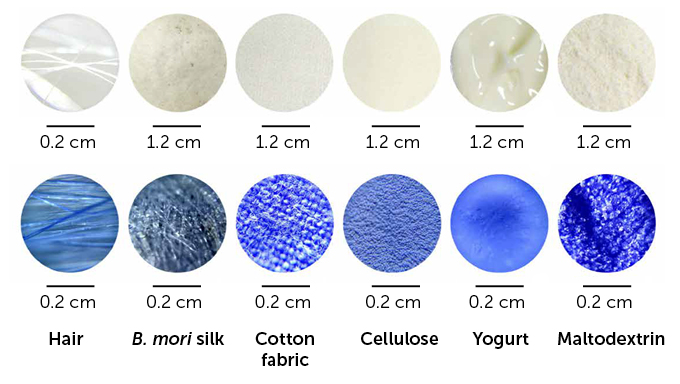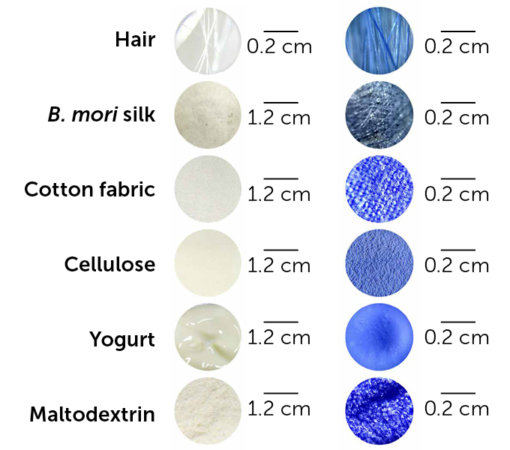Beet juice is red. Now chemists turned it blue. It might have potential
for consumers like you.
Natural colorings for food and cosmetics are in demand. Biology’s blue pigments, however, are tough to bottle. The
brilliant blues of jaybirds, butterflies and dragonflies are a consequence of light scattering, so there’s no pigment to isolate (SN:
6/30/17). Juicing blueberries isn’t an option “because the pigment doesn’t
last, and its blue color can change or fade,” says Erick Leite Bastos,
a chemist at Universidade de São Paulo in Brazil.
Bastos and colleagues instead chemically modified a food
color additive found in red beets to make blue, the team reports April 3 in Science
Advances.
Chemists can tune certain molecules’
color by adding alternating single and double bonds to their chemical
structures. That can “create molecules that absorb yellow/orange light and,
consequently, look blue,” Bastos says.
The beet pigment already has some
bonds in that alternating arrangement, but not nearly enough to appear blue.
Bastos hypothesized he could achieve a blue dye by cleaving off part of the
molecular structure of the beet pigment and replacing it with a compound called
2,4-dimethylpyrrole, which itself has alternating bonds, thus extending the
pattern.


The dye, called BeetBlue, held up
under acidic conditions that fade or alter many blue colorants. It added a pop
of color to fabric, yogurt and hair in lab tests. Some blue dyes contain toxic
metals, but BeetBlue is nontoxic to live zebrafish embryos and human cell
cultures, tests show.
“We still don’t know whether one can eat BeetBlue or not,” he says, because it takes many additional tests to demonstrate that something new is safe to consume. While 2,4-dimethylpyrrole is not of natural origin, Bastos suspects that his team can achieve blue with natural compounds in future work, thus creating a family of blues potentially suited to different tasks.
More Stories from Science News on Chemistry
From the Nature Index
Paid Content